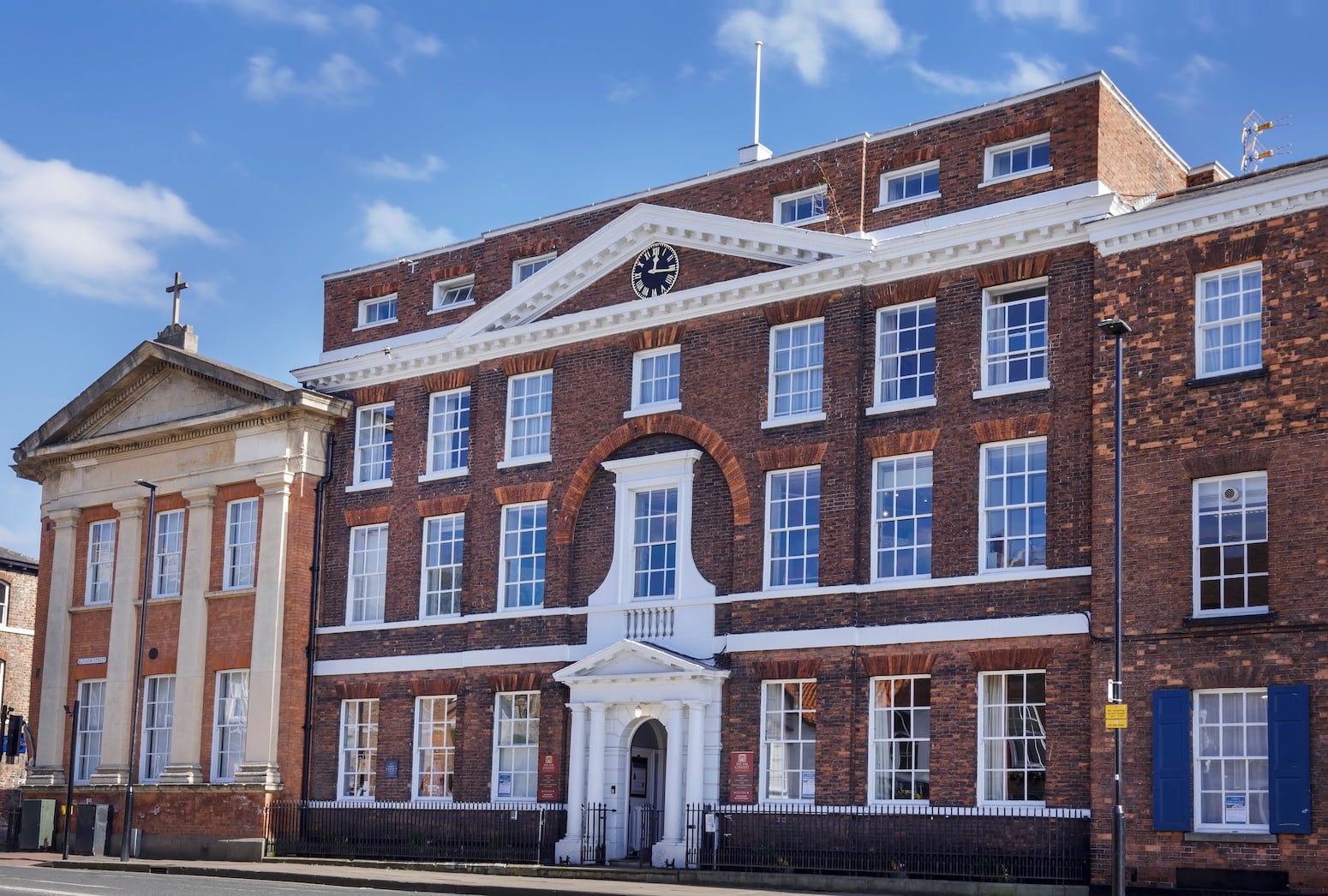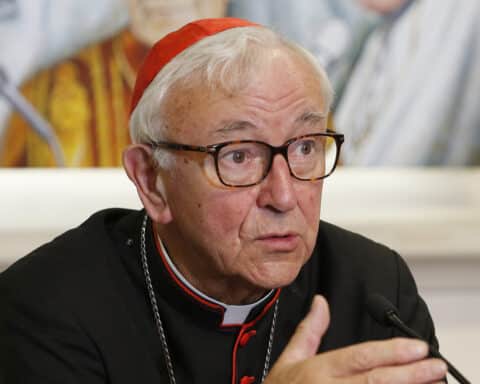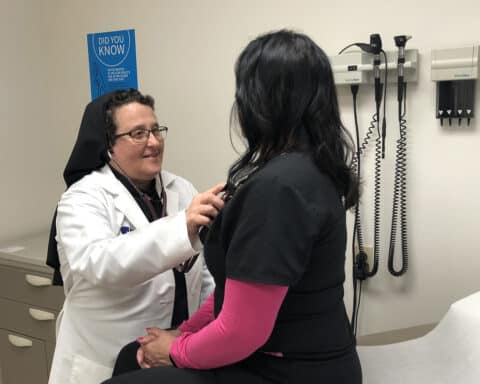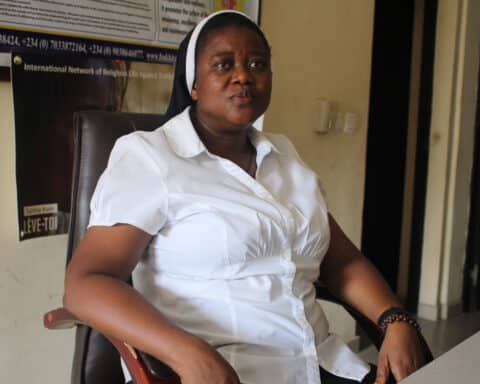When a community of religious sisters in 17th-century England established their convent, they kept their new home a secret: It was illegal to be Catholic. Today, the “Bar Convent” is still open — and welcomes visitors from far and wide as the oldest living convent in the U.K.
The order of sisters founded by Venerable Mary Ward, known as the Congregation of Jesus, built the convent as well as a school for girls in York in 1686.
“To the outside world, this was the first school for girls in the north of England and the teachers were ordinary widows,” the Bar Convent describes on its website. “Behind closed doors, these women were nuns and their house hid an illegal Catholic convent.”
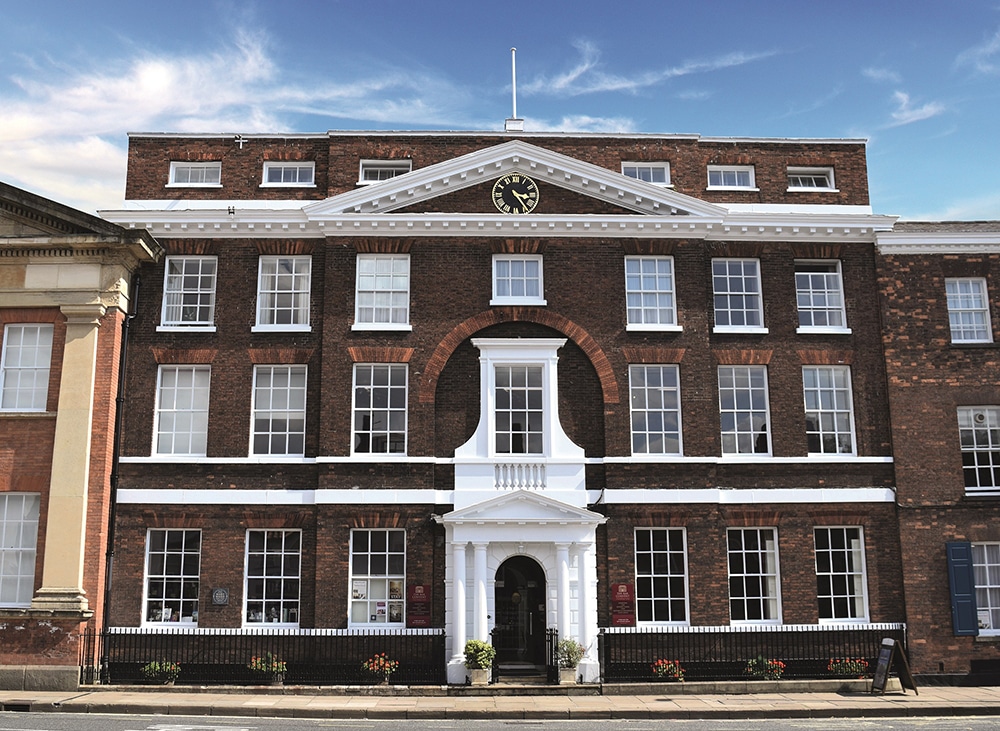
Now open to the public, the Bar Convent features a historical exhibition, an 18th-century hidden chapel, a cafe, a garden, and even a guest house where travelers can stay. Visitors may even run into one of the 15 sisters located on the site.
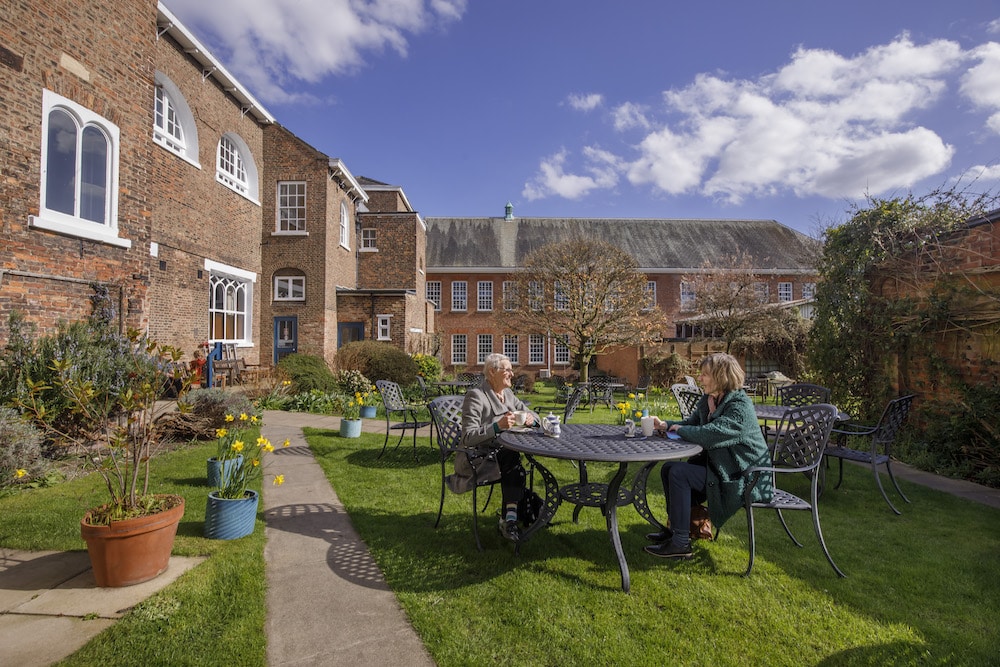
Convent beginnings
The convent began after a local Catholic landowner, Sir Thomas Gascoigne, invited the sisters to found a school for girls — something that was unheard of at the time. He handed the mother superior, Mother Frances Bedingfield, 450 pounds, saying “We must have a school for our daughters.”
As they educated girls, the sisters made every effort to keep the convent hidden, according to Lauren Mableson, the marketing, PR, and volunteering manager for the Bar Convent.
“The founding sisters pretended to be widows to hide their identity,” she told Our Sunday Visitor. “They cleverly used their location, surroundings, the architecture of the building and relied upon the Catholic ‘underground’ of people to keep their secret.”
She pointed to one of the sisters’ most spectacular secrets: The chapel, which was completed in 1769.
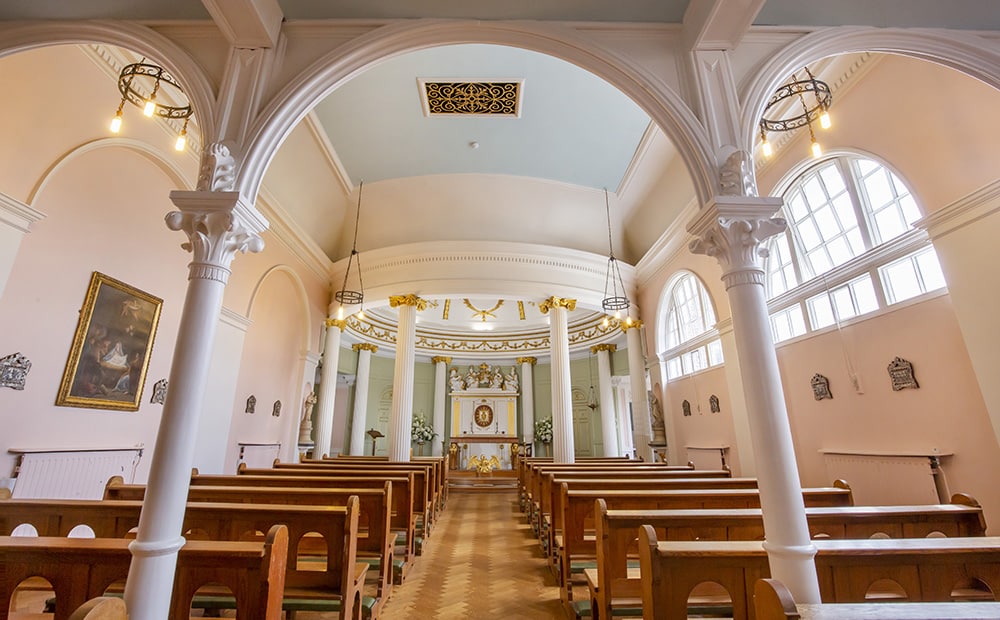
“Mother Superior Ann Aspinal was determined that the convent should have a chapel,” she said. “She came up with a cunning plan; to disguise the build of the secret chapel by carrying out other building work around it.”
“She added an extension to the front of the house at the same time, including our Georgian Parlor, new entranceway and the beautiful Georgian facade you can see today,” Mableson explained. “Even the paperwork has been carefully constructed to avoid detection.”
Among other things, the chapel includes eight exits for an easy escape and an ancient priest hole hidden in the floor, just large enough for a member of the clergy to hide in case of a raid by authorities.
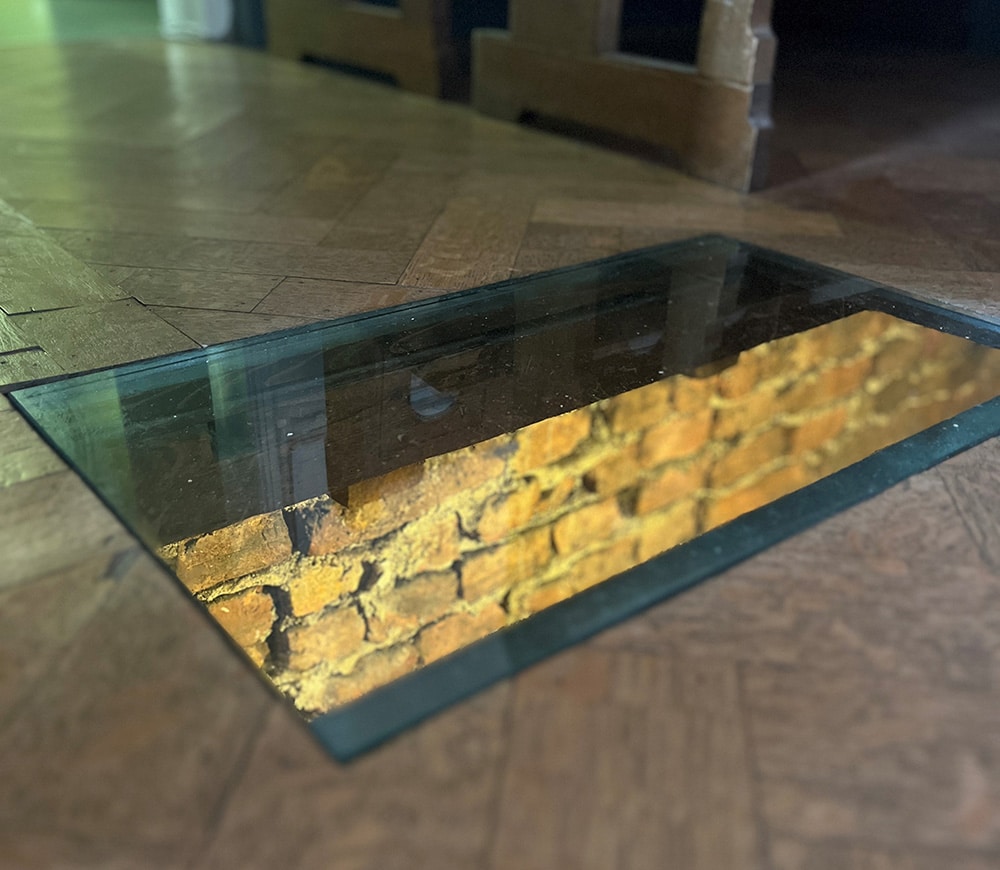
The Ladies of the Bar
Mableson explained the historical significance behind the convent’s name.
“York is a walled city, and each entrance into the city is known as a ‘Bar,'” she said. “We are called the Bar Convent because we are located just outside of Micklegate Bar, which is the Royal entrance to the city,” meaning all royalty visiting York arrive through this entrance.
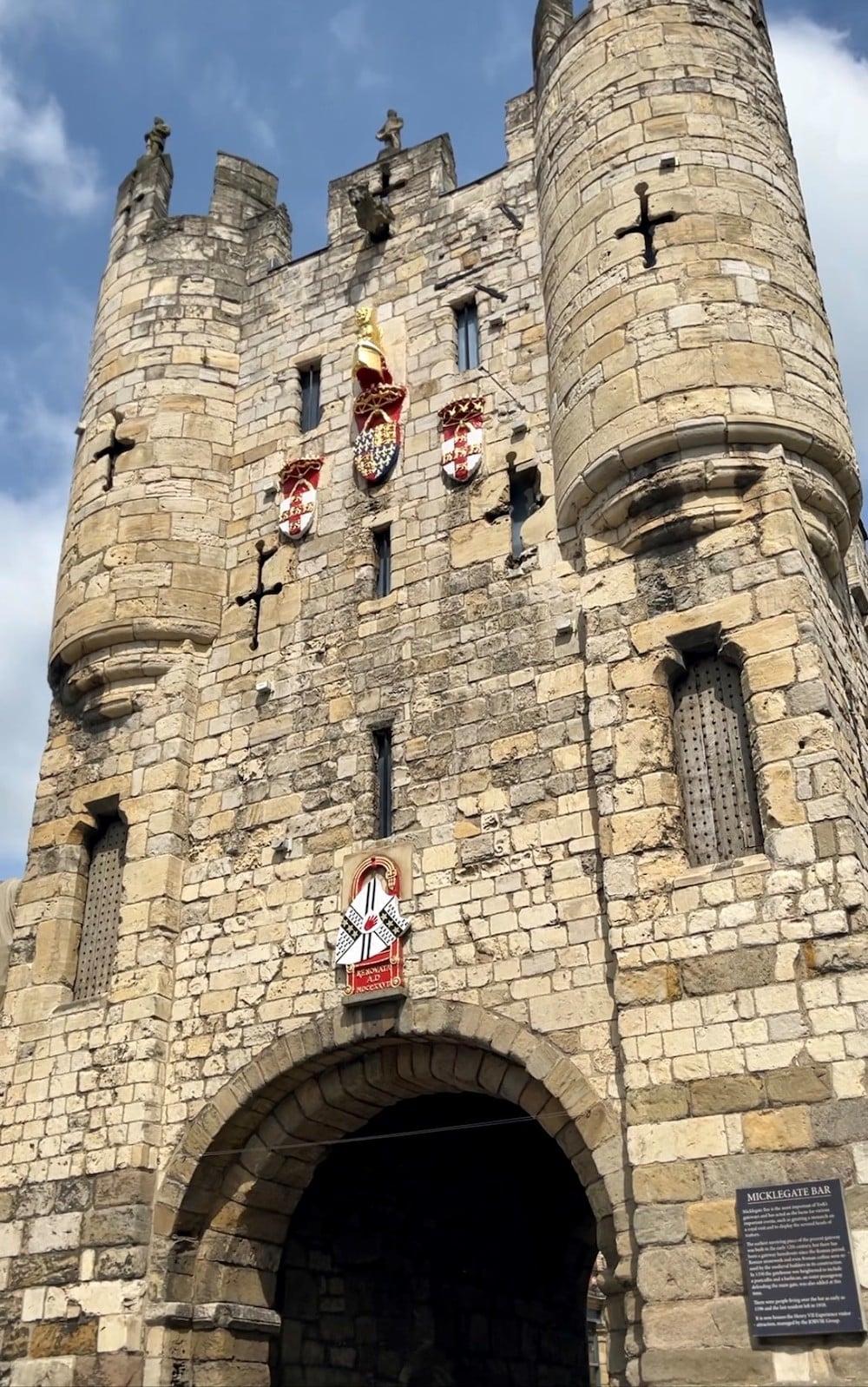
She also pointed to the importance of the location.
“When the convent was established in 1686 it was illegal to be a Catholic,” she said. “Being outside of the Bar walls meant that the convent was just outside of the city’s jurisdiction and so more protected from the authorities.”
“Our neighboring houses were also occupied by Catholics,” she added. “The sisters here became known as The Ladies of the Bar and so became the name.”
According to one legend that the Bar Convent shares, an angry mob planned an attack on the community in 1695, after some rumors spread. The sisters turned to St. Michael for his intercession and protection. Their prayers worked: The mob disappeared. Today, an engraving of the archangel hangs above the front door.
Through the years, the sisters’ house adapted and survived. According to the Bar Convent, the sisters aided French Revolution refugees, including several communities of nuns, in the late 18th century. During World War I, they sheltered Belgian children and transformed their school hall into a ward for wounded soldiers. During World War II, in the Luftwaffe bombing raids of 1942, the convent was hit and five sisters lost their lives.
Venerable Mary Ward
At the Bar Convent, Mableson drew attention to the order’s founder, Mary Ward, who lived 1585-1645.
“Mary Ward was a local woman who made it her mission to educate girls,” she said. “She escaped to France, where many Catholics fled, and opened schools for girls across the continent, but because the Catholic Church thought nuns should be enclosed, they shut her schools down and put her in prison.”
Ward later returned to York, where she died.
“But her followers continued her work and established the first schools for girls in the country — the second here at the convent — and all while hiding their true identity,” Mableson said.
She cited one of Ward’s best known quotes: “There is no such difference between men and women, that women may not do great matters.”
The Bar Convent tells the story of how, in 1631, Pope Urban VIII refused to recognize Ward’s religious order, which led to her imprisonment, the suppression of her order, and the closing of her schools. More than 200 years later, in 1877, Pope Pius IX recognized her order. Then, under Pope Pius X in 1909, the Church acknowledged her as the founder.
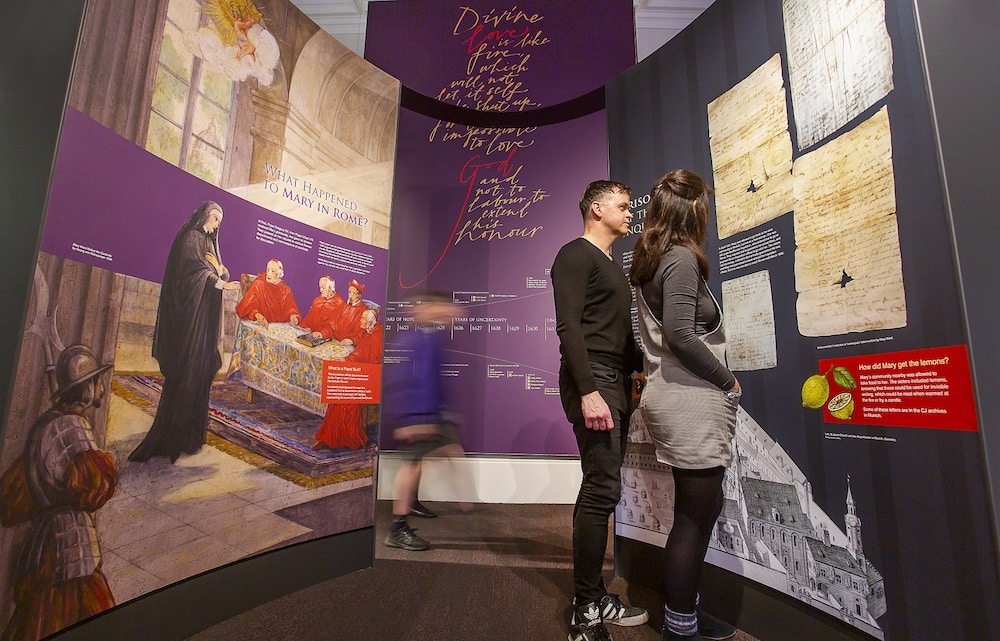
In 2009, Pope Benedict XVI recognized Mary Ward’s heroic virtue and declared her “Venerable,” a title for a candidate for sainthood. While visiting the U.K. a year later, he revealed a personal connection to her sisters.
“This gives me an opportunity to give thanks to God for the life and work of the Venerable Mary Ward, a native of this land whose pioneering vision of apostolic religious life for women has borne so much fruit,” he said. “I myself as a young boy was taught by the ‘English Ladies’ and I owe them a deep debt of gratitude.”

